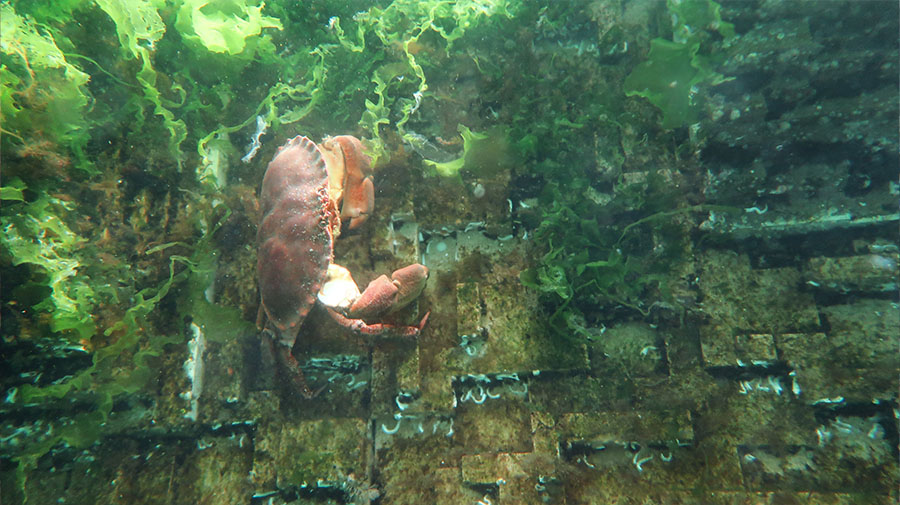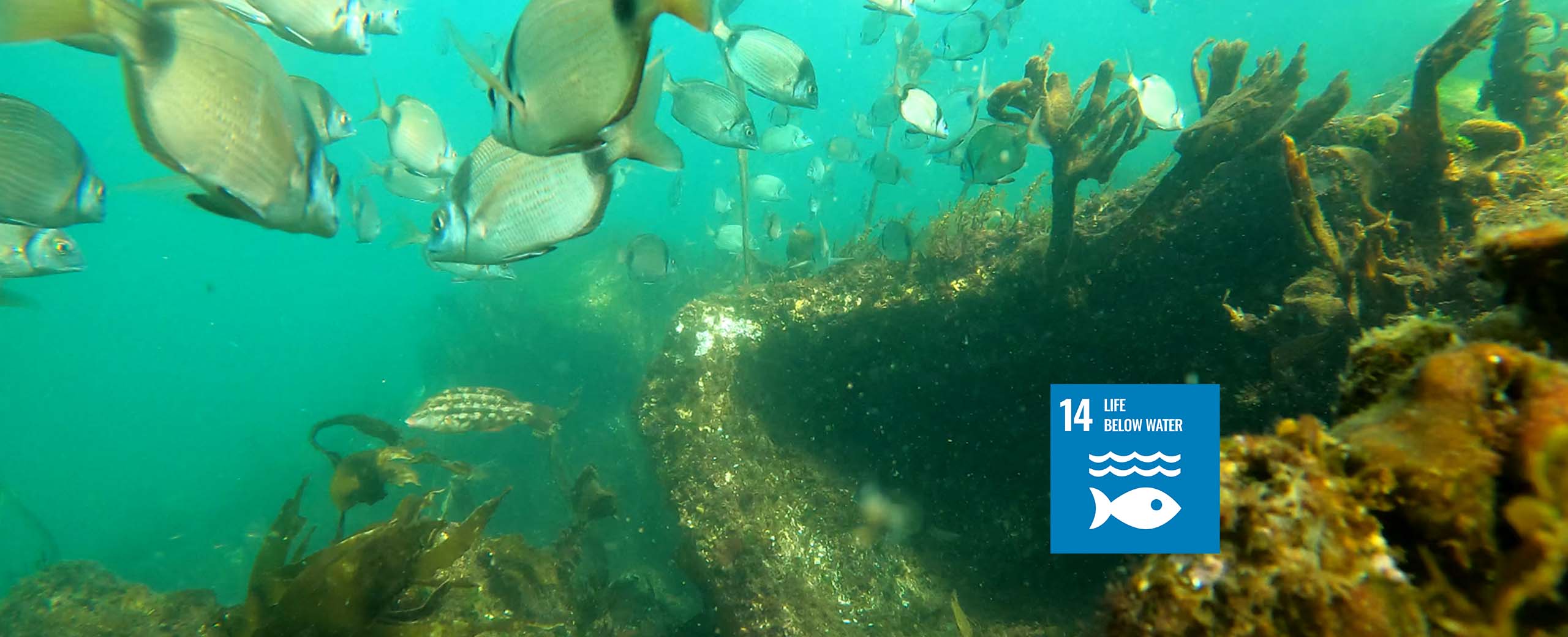The UN’s Sustainable Development Goal 14 (SDG 14), Life Below Water, promotes the sustainable use of oceans, preserving marine environments while supporting responsible development. ECOncrete’s mission aligns perfectly with SDG 14. ECOncrete provides concrete technology that allows for infrastructure development while actively stimulating marine life and biodiversity. By strengthening physical structures and creating thriving aquatic habitats, we’re setting a new standard for innovative offshore construction.
Resilient Coastal Infrastructure Is Urgently Needed
As the climate crisis intensifies and the risk of extreme weather and sea-level rise grows, the need for resilient infrastructure becomes more urgent. ECOncrete offers solutions designed not only to withstand these changing conditions but also to enhance local marine environments. Our Nature Inclusive Design technology incorporates features that attract marine life to the concrete surface, supporting diverse ecosystems and improving underwater habitats. With our approach, we not only conserve existing ecosystems but also encourage new growth.

An octopus and other marine life including various algae in an ECOncrete Coastalock Shoreline Protection Unit in the San Diego Port project.
Resilient Green Infrastructure Case Study: Port of Vigo
At the Port of Vigo in Spain, our seawall and coastal protection structures demonstrated marine life growth as early as three months post-installation. Species like green and brown algae, barnacles, snails, crabs, and starfish thrive on ECOncrete’s bio-enhancing concrete, an achievement not seen with standard concrete. By designing with SDG 14 in mind, we create structures that support marine life, which in turn strengthens these structures by mitigating scour defects typical of conventional materials.

A crab, algae, tubeworms, and other marine life on a seawall in the Port of Vigo, the Living Ports project, 3 months post deployment
Biodiversity And Concrete Carbon Footprint Reduction
Our commitment to sustainability also means reducing carbon emissions. ECOncrete’s patented admix incorporates recycled materials, and our designs encourage calcification—a natural process where marine organisms form shells and skeletons using carbonate from seawater. By fostering these natural processes, we further reduce the carbon footprint of marine infrastructure.
ECOncrete is driving innovation in ocean conservation and sustainable development by promoting an evidence-based, nature-positive approach to marine construction. From design to installation, we embed sustainability into every aspect of our concrete solutions.
Considering Marine Habitats AND Structural Integrity
Traditionally, concrete infrastructure has overlooked marine habitats, with little consideration for aquatic life in waterfronts, breakwaters, ports, and offshore construction. Since our founding in 2012, ECOncrete has been a pioneer in shifting this perspective—bringing attention to the need for regenerative, eco-friendly concrete that supports marine ecosystems. We meet and exceed environmental, structural, and economic goals, validating that construction can be both functional and beneficial to nature.
ECOncrete’s technology proves that economy and ecology can work hand-in-hand, offering a unique solution that serves the needs of both infrastructure and marine ecosystems.
Background on SDGs: In 2012, the United Nations (UN) formed the Sustainable Development Goals (SDGs) to address urgent global issues like poverty and climate change, aiming for completion by 2030. The SDGs comprise 17 goals focused on tackling specific global challenges—clean energy, potable water, and sustainable industrialization among them.
